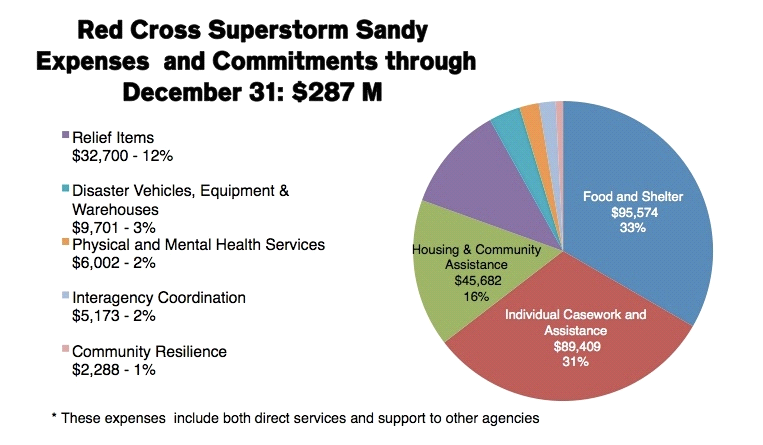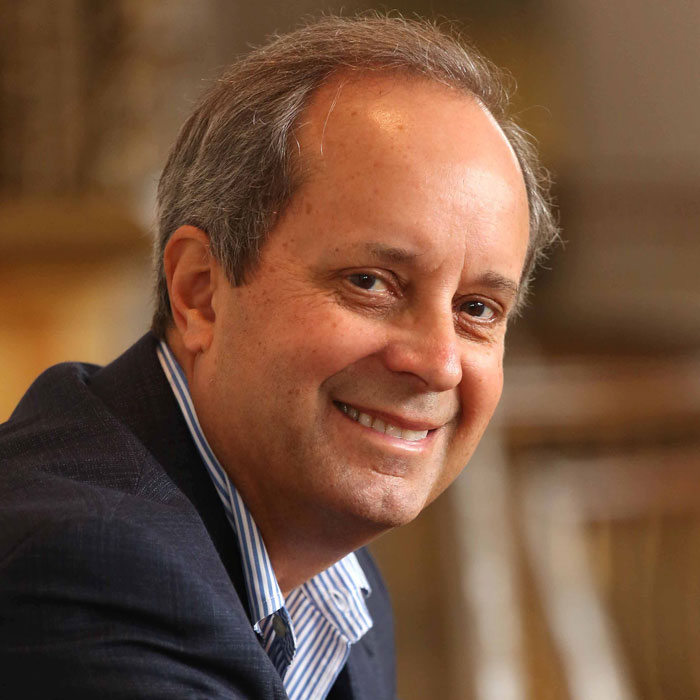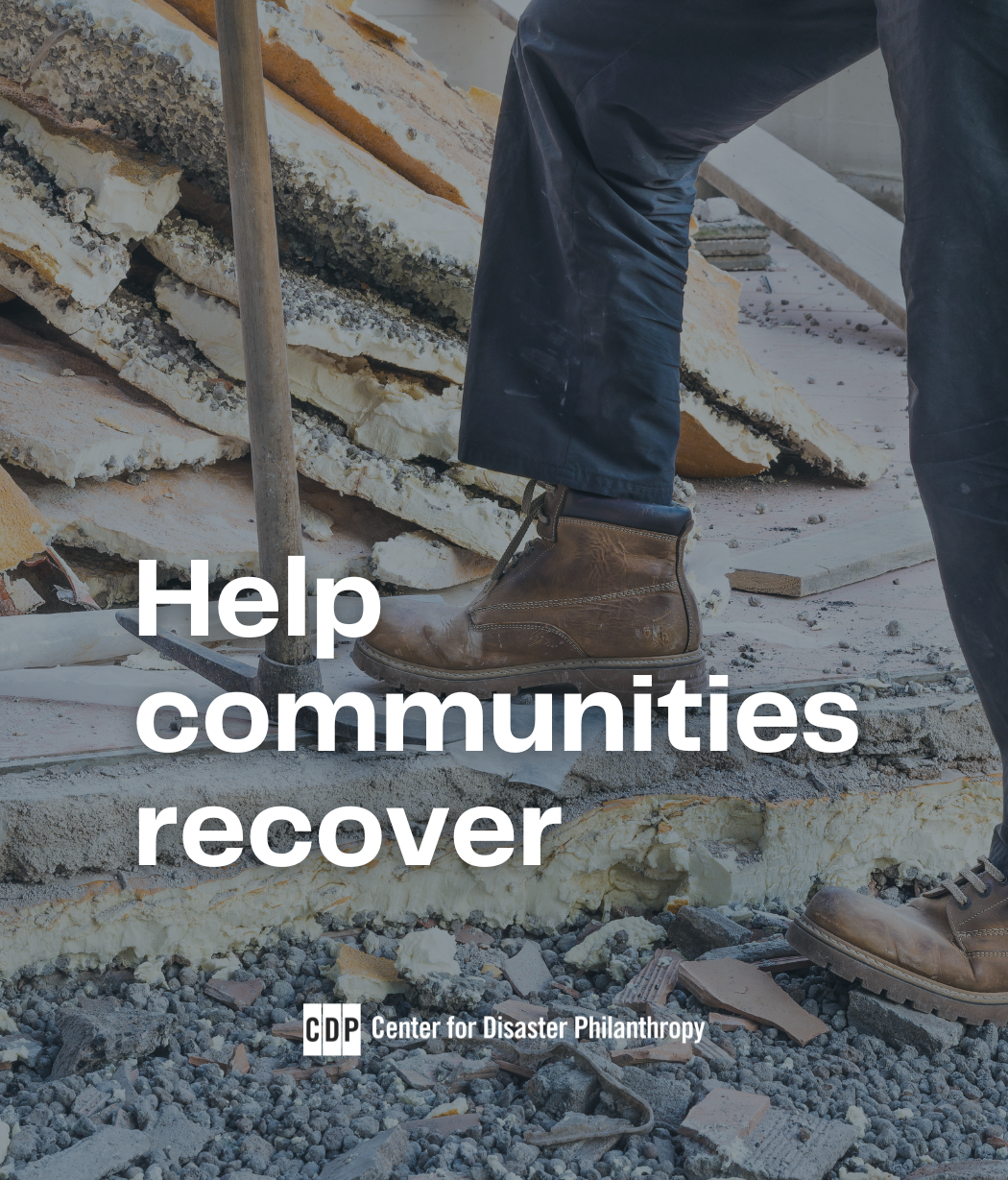Lori J. Bertman Fortune Article Highlights Key Issues for Sandy Recovery
Disaster philanthropy and related questions like disaster planning and disaster recovery are subjects that get big play in mainstream media when there is a horrific disaster that kills many people and causes immense destruction. But any meaningful discussion of disasters or their impact fade quickly if death and mayhem aren’t part of the story. Take […]
Disaster philanthropy and related questions like disaster planning and disaster recovery are subjects that get big play in mainstream media when there is a horrific disaster that kills many people and causes immense destruction.
But any meaningful discussion of disasters or their impact fade quickly if death and mayhem aren’t part of the story. Take the coverage of Cyclone Phailin, which was one of the most powerful storms ever to hit the eastern coast of India. When it looked like the death toll could likely surpass the 10,000 killed in the last big storm, coverage in the U.S. was extensive.
But when the Indian government did a miraculous job of evacuating over a million people and the resulting death toll was only 15, coverage quickly faded away. We’ll never know what happened to those million people or how they are re-building their homes and communities. Or closer to home, one year after Sandy we are finding both the media and the world of philanthropy – outside of those directly affected in New York and New Jersey – quickly tiring of the Sandy story as it moves in the difficult task of rebuilding.
So it is all the more remarkable that Lori Bertman, the president of the Irene W. and C.B. Pennington Foundation, a co-founder of CDP, and chair of our board, has teamed up with Fortune to publish a regular series on issues related to natural disasters. You can read Lori’s first article here. The article focuses on some serious issues about what we should be thinking about one year after Sandy. Here are a few excerpts:
The nature of local government contributes to this problem. As new leaders are elected, the slate is wiped clean, and people are never brought home. Philanthropy is the one sector that tends to concern itself with people’s long-term recovery. Unlike elected officials, philanthropic organizations serve as a consistent source of support and continuity for vulnerable populations, providing honest brokering, agile flexibility, and leadership across sectors.
“”Relocation”” is another taboo word: Should we relocate entire communities out of harm’s way because of the environmental perils they face? This question has global implications. According to the Socioeconomic Data and Applications Center at Columbia University, which is part of the U.S. Aeronautics and Space Administration, 40% of the world’s population lives within 60 miles of the coast. Although we hear talk of New York and New Jersey’s sinking coastline, their coast is not the only one that’s threatened.
At the same time, what would be the consequences of permanent relocation for entire coastal communities? According to the National Oceanic and Atmospheric Administration (NOAA), if U.S. Coastal Shoreline Counties were considered an individual country, they would be ranked third in global GDP, after only the whole U.S. and China. So is relocation really an option? And what would happen to the people who have built their lives on the coast?
We have lived through enough disasters in recent years to anticipate the consequences that follow. Remember Sandy, of course, but also keep in mind why we are remembering Sandy: as an opportunity to reflect not just on the lessons learned in the Tristate Area, but the global solutions which we are now forced to seek to protect our future.
The challenge of encouraging the media – which means the public at large – as well as the leaders among foundations and corporations appreciate the full arc of disasters is a challenge we have taken on here at CDP. Until we can generate as much attention for planning and preparation as well as for recovery and rebuilding as we do for the dramatic efforts of relief we can never hope to truly transform disaster philanthropy and increase its effectiveness and impact.
If you’d like to comment on this article you comment on the Fortune website, or reach Lori on Twitter @LoriBertman, and as always feel free to write me at bob.ottenhoff@disasterphilanthropy.org.
More like this
More Disasters Mean Changes and Challenges for Foundations


